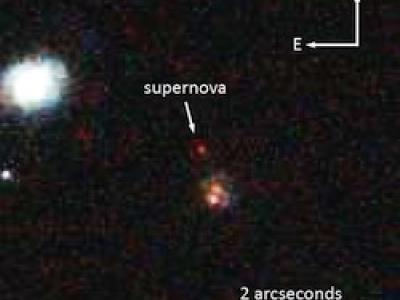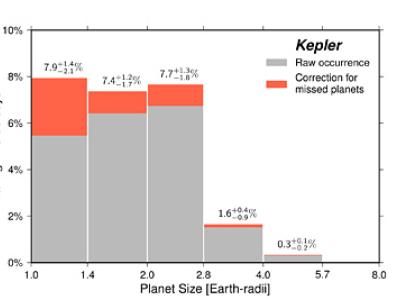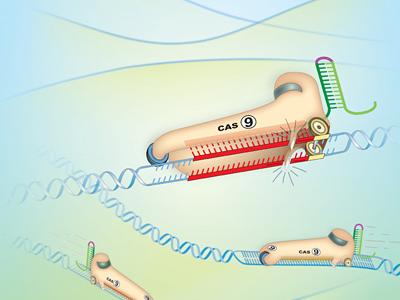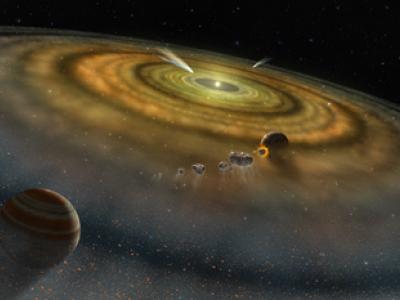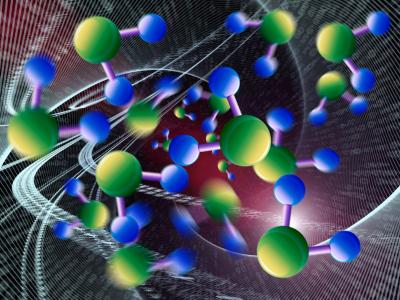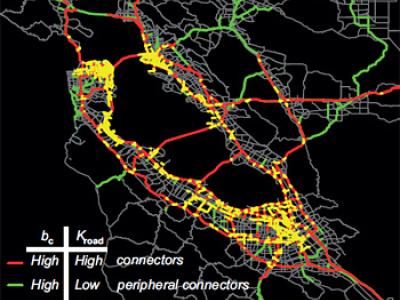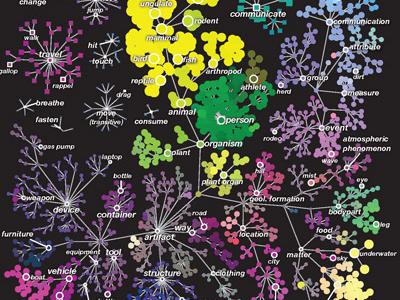A rock is a clock: physicist uses matter to tell time
What is the simplest, most fundamental clock? UC Berkeley physicist Holger Müller and his colleagues have shown that a single atom is sufficient to measure time. Conversely, the frequency of matter can be used to define its mass.


